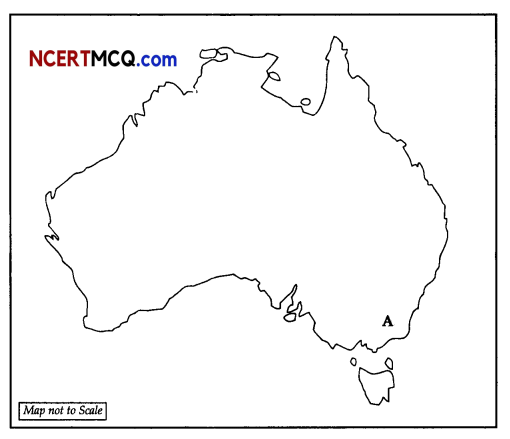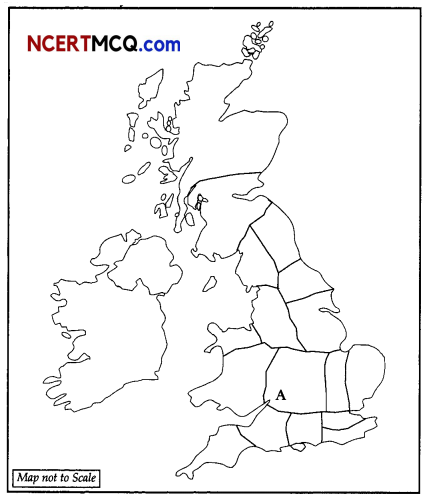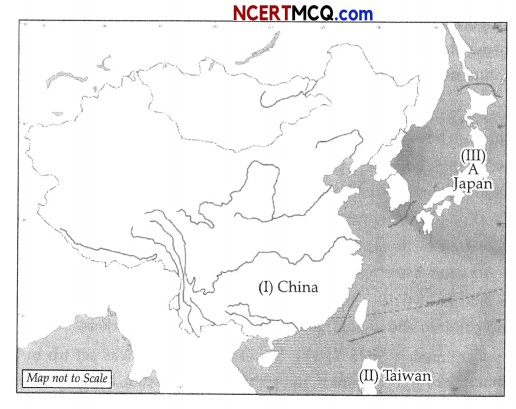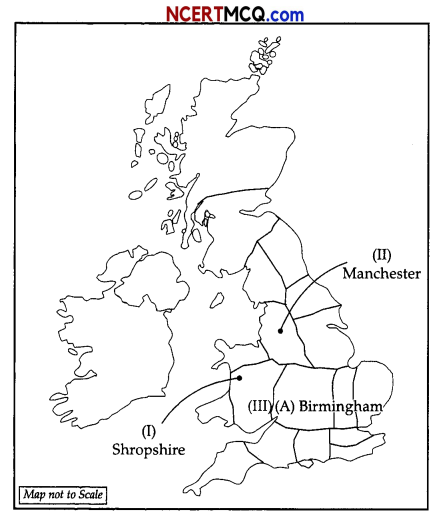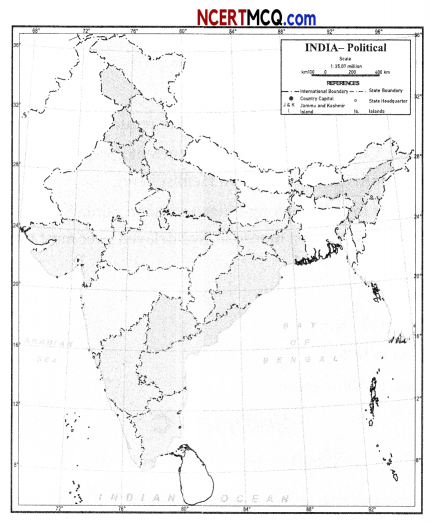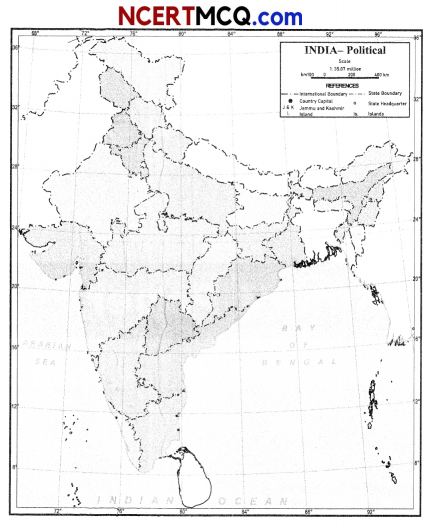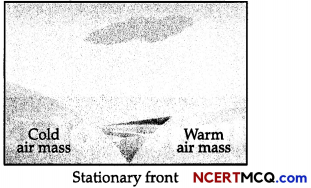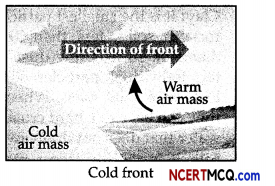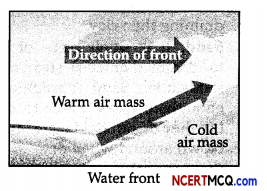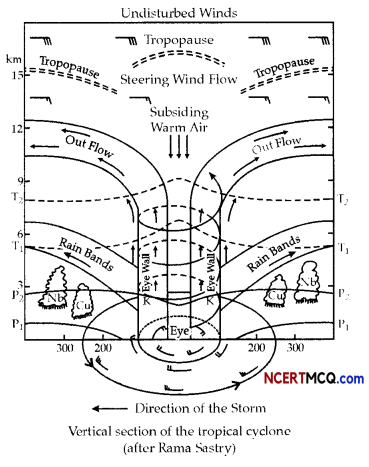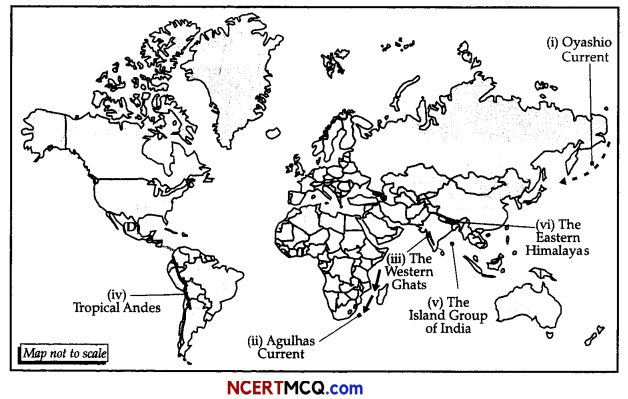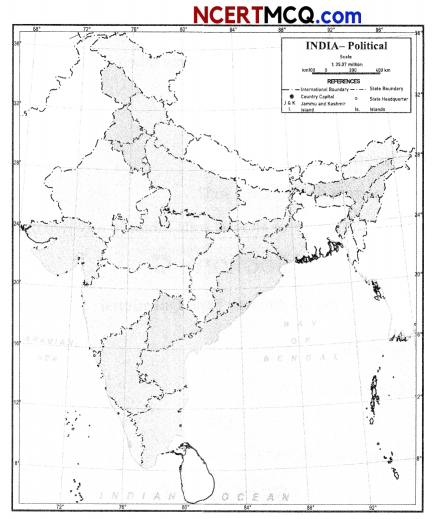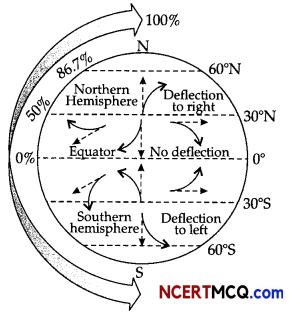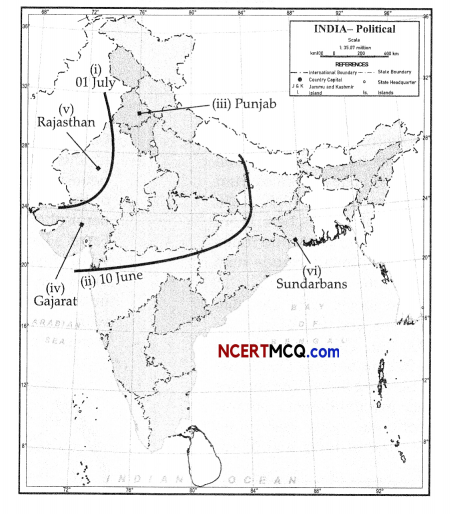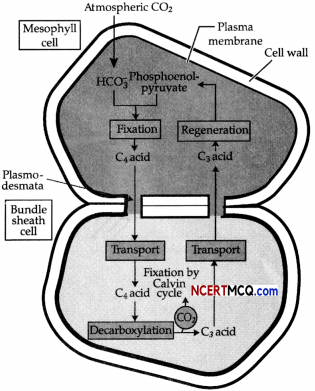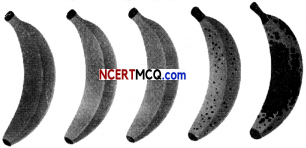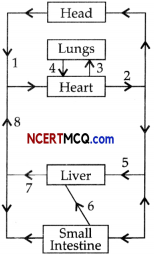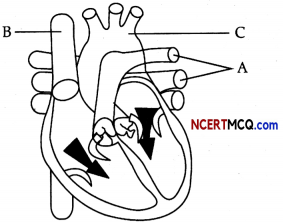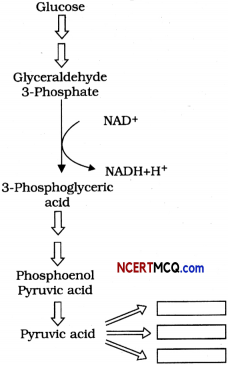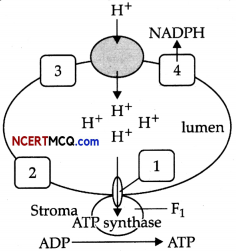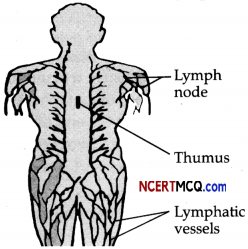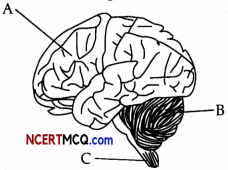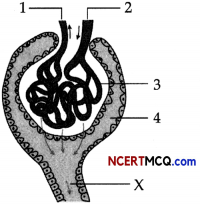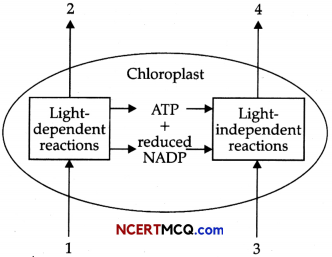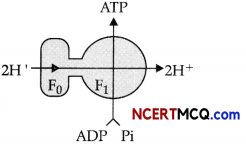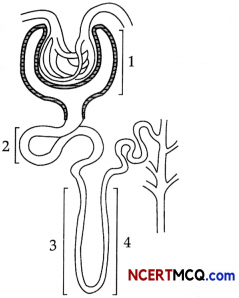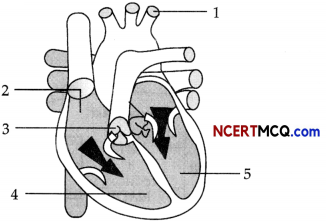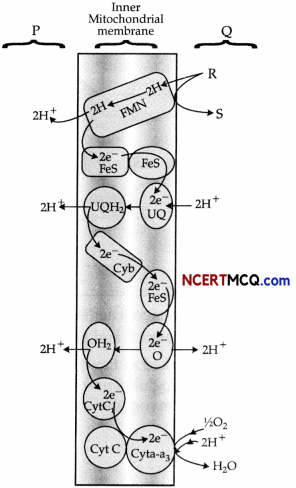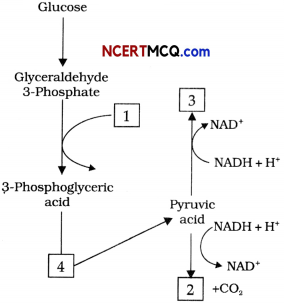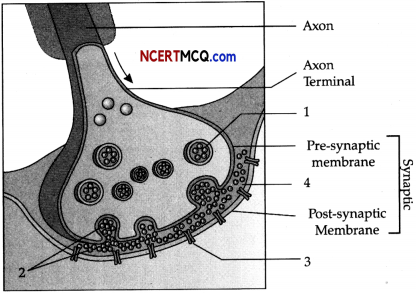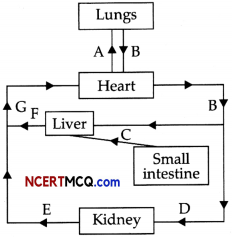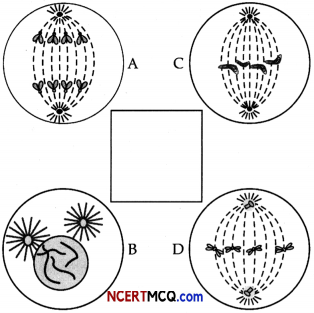Students can access the CBSE Sample Papers for Class 11 History with Solutions and marking scheme Term 2 Set 4 will help students in understanding the difficulty level of the exam.
CBSE Sample Papers for Class 11 History Term 2 Set 4 for Practice
Time: 2 Hours
Maximum Marks: 40
General Instructions:
- This Question paper is divided into four sections – Section A, B, C and D.
- All questions are compulsory.
- Section – A: Question no. 1 to 4 are Short Answer type questions of 3 marks each. Answer to each question should not exceed 80 words.
- Section – B: Question no. 5 to 7 are Long Answer type questions, carrying 6 marks each. Answer to each question should not exceed 150-200 words.
- Section – C: Question no. 8 and 9 are Case Based questions, carrying 4 marks each with subparts.
- Section – D: Question no, 10 is map based carrying 2 marks.
- There is no overall choice in the question paper. However, an internal choice has been provided in a few questions. Only one of the choices in such questions have to be attempted.
- In addition to this, separate instructions are given with each section and question, wherever necessary.
Section – A
Short Answer Type Questions (3 x 4 = 12)
Question 1.
“Nation-states marked a step forward in man’s progress”. Discuss. [3]
Question 2.
Explain the main features of the emperor system. [3]
![]()
Question 3.
Discuss the beginning of economic development in Australia with the establishment of European colonies. [3]
OR
Why was the history of the Australian native people left out of history books? [3]
Question 4.
Describe the economic reforms introduced under the Meijis. [3]
Section – B
Long Answer Type Questions (6 x 3 = 18)
Question 5.
Discuss the rise of the Protestant Movement launched in Europe in the 16th – 17th century. [3]
OR
How did Renaissance Humanism impact Christianity. Discuss with emphasis on Protestant Reformation. [3]
Question 6.
Briefly discuss the debates on the ‘Industrial Revolution’. [3]
![]()
Question 7.
Discuss the different images that Europeans and native Americans had of each other and the different ways in which they saw nature. [3]
OR
What is the significance of the year 1974 in the Australian Policy? [3]
Section – C
Case Based Question (4 x 2 = 8)
Question 8.
Read the source given below and answer the questions that follow: [l+l+2 = 4]
Canals were initially built to transport coal to cities. This was because the bulk and weight of coal made its transport by road much slower and more expensive than by barges on canals. The demand for coal, as industrial energy and for heating and lighting homes in cities, grew constantly. The making of the first English canal, the Worsley Canal (1761) by James Brindley (1716-72), had no other purpose than to carry coal from the coal deposits at Worsley (near Manchester) to that city; after the canal was completed the price of coal fell by half.
Canals were usually built by big landowners to increase the value of the mines, quarries or forests on their lands. The confluence of canals created marketing centres in new towns. The city of Birmingham, for example, owed its growth to its position at the heart of a canal system connecting London, the Bristol Channel, and the Mersey and Humber rivers. From 1760 to 1790, twenty-five new canal-building projects were begun. In the period known as the ‘canal-mania’, from 1788 to 1796, there were another 46 new projects and over the next 60 years more than 4,000 miles of canal were built.
The first steam locomotive, Stephenson’s Rocket, appeared in 1814. Railways emerged as a new means of transportation that was available throughout the year, both cheap and fast, to carry passengers and goods. They combined two inventions, the iron track which replaced the wooden track in the 1760s and haulage along it by steam engine. The invention of the railways took the entire process of industrialization to a second stage. In 1801, Richard Trevithick (1771-1833) had devised an engine called the ‘Puffing Devil’ that pulled trucks around the mine where he worked in Cornwall. In 1814, the railway engineer George Stephenson (1781-1848) constructed a locomotive, called ‘The Blutcher’, that could pull a weight of 30 tons up a hill at 4 mph.
The first railway line connected the cities of Stockton and Darlington in 1825, a distance of 9 miles that was completed in two hours at speeds of up to 24 kph (15 mph), and the next railway line connected Liverpool and Manchester in 1830. Within 20 years, speeds of 30 to 50 miles an hour were usual.In the 1830s, the use of canals revealed several problems. The congestion of vessels made movement slow on certain stretches of canals, and frost, flood or drought limited the time of their use.
The railways now appeared as a convenient alternative. About 6,000 miles of railway was opened in Britain between 1830 and 1850, most of it in two short bursts. During the Tittle railway mania’ of 1833-37, 1400 miles of line was built, and during the bigger ‘mania’ of 1844-47, another 9,500 miles of line was sanctioned. They used vast amounts of coal and iron, employed large numbers of workers and boosted activity in the construction and public works industries. Most of England had been connected by railway by 1850.
Question 8.1
What appeared as a convenient alternative for canals? [1]
![]()
Question 8.2
Why were the canals built in the 18th century? [1]
Question 8.3
Who made the Worsley Canal? What was its purpose? [2]
Question 9.
Read the source given below and answer the questions that follow: [1+1+2 = 4]
As per the new constitution, the first direct election since 1971 was held in December 1987. But due to the opposition parties’ failure to unite, a fellow military leader of China’s military faction, Roh Tae-Woo, was elected. However, Korea continued along the path of democracy. In 1990, long-time opposition leader Kim Young-sam compromised with Roh’s party to create a large ruling party. In December 1992, Kim, a civilian, was elected the President after decades of military rule.
With his election and the consequent dissolution of authoritarian military power, democracy made its forward march. Under the export-driven policy of the new administration, several companies grew to global prominence, which continued until the early 1990s. With governmental support, Korean conglomerates invested in capital-intensive heavy and chemical industries, as well as, electronic industries, while the government continued to focus on building industrial and social infrastructure.
Meanwhile, under increasing Neo liberalist pressure to open its market, the Kim administration joined the Organisation for Economic Cooperation and Development (OECD) in 1996 and attempted to strengthen Korea’s international competitiveness. But amidst increasing trade deficits, poor management by financial institutions, reckless business operations by conglomerates, and more, Korea was met with a foreign currency crisis in 1997. The crisis was dealt with through emergency financial support provided by the International Monetary Fund (IMF). Simultaneous efforts were also made to improve the country’s economic constitution as the citizens actively contributed towards foreign loan repayment through the Gold Collection Movement.
In December 1997, long-time opposition party leader Kim Dae-jung was elected the president for the first time in Korea, marking a peaceful transfer of power. The second peaceful transfer of power came in 2008, when conservative Lee Myung- Bak was elected as the President, following the progressive Roh Mu-hyun administration. In 2012, conservative Park Geun-Hye was elected as the first female President. At the beginning of her presidency, she gained support due to the political legacy of her father, Park Chung-Hee. But in October 2016, as it came to light that she had let a friend secretly manage government affairs, she met with nationwide protests, leading to her impeachment and removal from office in March 2017. In May 2017, Moon Jae-In was elected the President, in a peaceful transfer of power for the third time.
Question 9.1
When was the first election held as per the new Constitution? [1]
Question 9.2
Who had created a large ruling party in Korea and when? [1]
![]()
Question 9.3
Who was elected as President in 2012? How did she gain the support at the beginning of her presidency? [2]
Section – D
Map Based Question [1 x 2 = 2]
Question 10.
On the given outline map of Australia, locate and label ANY ONE of the following with appropriate symbol.
(I) Country named after Lord Sydney.
OR
(II) State named by a British explorer, James Cook when he reached the island of Botany Bay in 1770.
(III) On the same map of Australia, a place was established as the capital of Australia in the year 1911. It has been marked as A. Identify it and write its name.
